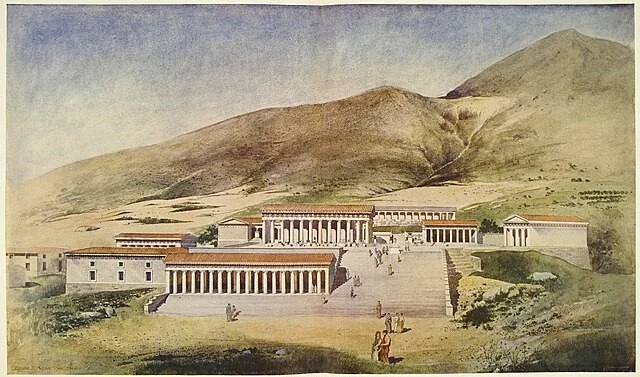The Heraion of Argos is one of the most important sanctuaries dedicated to the goddess Hera in ancient Greece. Located near Argos, this sanctuary dates back to at least the 7th century BC and played a central role in the religious and political life of the region. Hera, the goddess of marriage and family, was worshipped here in a grand manner, reflecting her significance in Greek religion.
Get your dose of History via Email
Historical Background
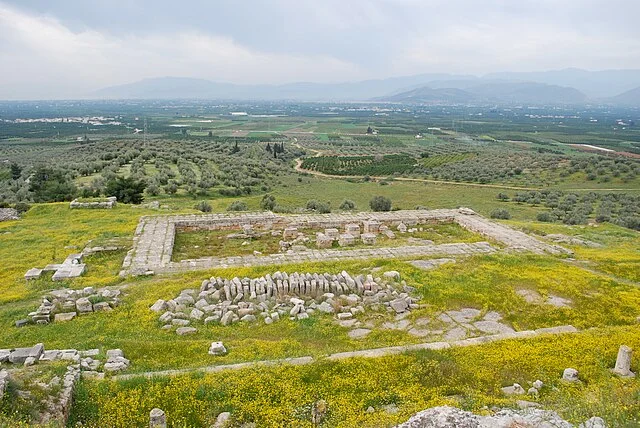
The Heraion of Argos was closely tied to the city-state of Argos. It became a religious center for worshipping Hera, with evidence of rituals and offerings from the 8th century BC. The sanctuary is mentioned in ancient texts, including works by Pausanias, who described its layout and the statues that once adorned the site.
Architecture and Layout
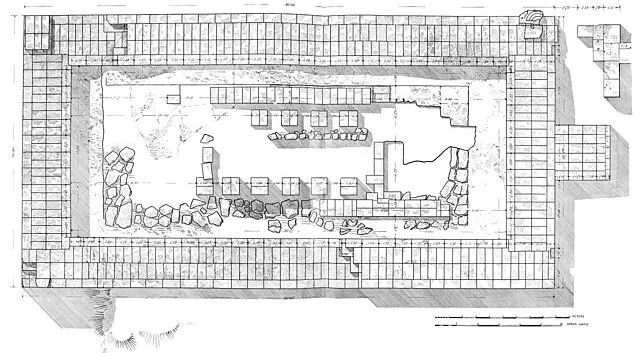
The sanctuary underwent several construction phases. The most notable architectural features include an early temple from the 7th century BC, followed by a more substantial Doric temple constructed in the 5th century BC. This later temple was designed by the architect Eupolemos, and it housed a massive statue of Hera crafted by the sculptor Polykleitos.
In addition to the main temple, the site included altars, stoas (covered walkways), and other structures used for religious ceremonies. The sanctuary’s layout followed typical Greek temple design, with the temple positioned on a raised platform surrounded by other sacred buildings.
Role in Argos’ Political and Religious Life
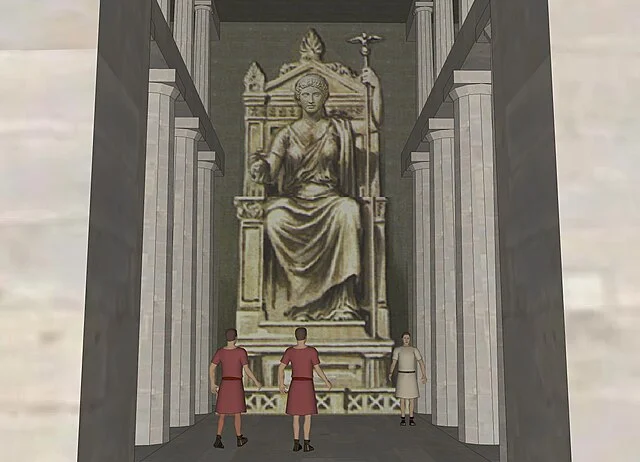
The Heraion of Argos served not only as a religious center but also as a political hub. The Argives used the sanctuary for major religious festivals, including the annual celebration of the Heraia, a festival dedicated to the goddess. These festivals reinforced the city’s identity and its connection to Hera, the protector of Argos.
Political leaders often made offerings to Hera at the sanctuary, seeking divine favor for military and political success. As a result, the Heraion played a dual role in shaping both the religious and political landscape of Argos.
Excavations and Findings
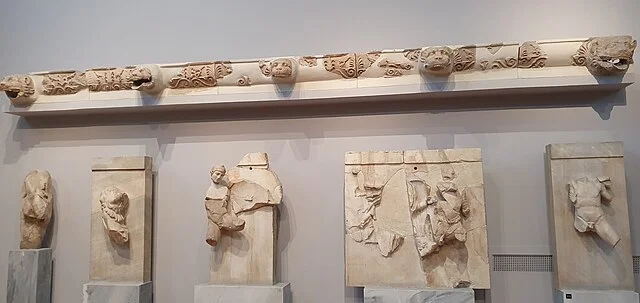
Excavations at the Heraion of Argos have provided valuable insights into its history and significance. Archaeologists have uncovered pottery, votive offerings, and remnants of the statues once dedicated to Hera. These findings have helped scholars understand the religious practices and artistic achievements of the period.
One of the most significant discoveries is the remnants of the large chryselephantine statue of Hera, crafted by Polykleitos. Although only fragments remain, this statue highlights the artistic prowess of ancient Greek sculptors.
Conclusion
The Heraion of Argos stands as a testament to the religious and political importance of Hera in ancient Greece. Its architectural grandeur and its role in shaping the identity of Argos make it a key site in the study of Greek history. Ongoing archaeological work continues to reveal more about its past, ensuring that the Heraion remains a focus of scholarly interest.
Source:

